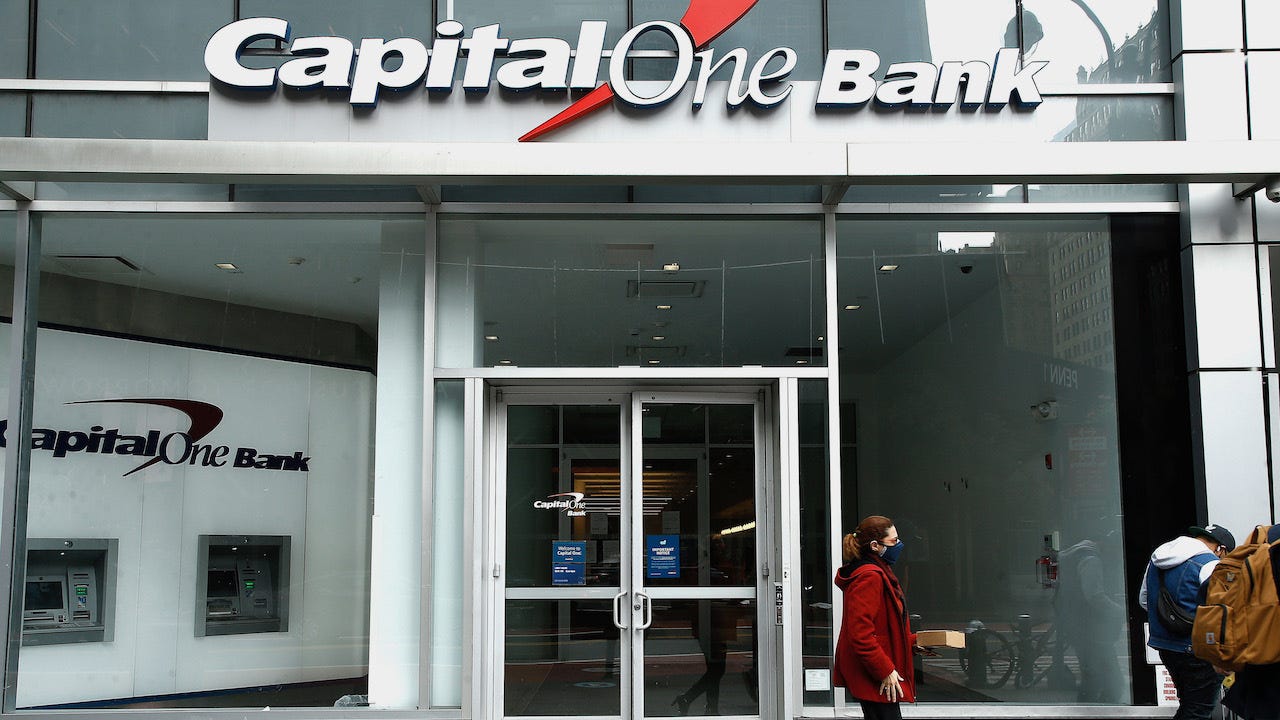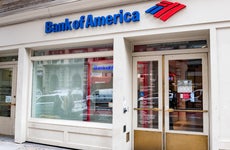Capital One eliminates overdraft fees

The Bankrate promise
At Bankrate we strive to help you make smarter financial decisions. While we adhere to strict , this post may contain references to products from our partners. Here's an explanation for .
Capital One bank will no longer charge overdraft fees in a change that is expected to cost the bank an estimated $150 million in annual revenue.
The bank made the announcement Wednesday at about the same time that the Consumer Financial Protection Bureau (CFPB) released research on banks’ “deep dependence” on overdraft fees.
Capital One customers who are enrolled in overdraft services will be automatically converted to no-fee overdraft when the program launches in early 2022, the bank said in its statement. Customers who aren’t enrolled can enroll at any time, it said, adding, “For customers not enrolled, transactions that would overdraw an account will be declined and no fees will be assessed.”
Capital One currently charges customers a $35 overdraft fee if they’re enrolled in its next day grace program. Under current rules, customers could be charged a fee up to four times a day for overdrawing their accounts by more than $5.
“The elimination of overdraft and related fees should have a beneficial impact on customers who in the past might have struggled to make ends meet,” says Mark Hamrick, Bankrate senior economic analyst and Washington bureau chief. “Now, it will be fascinating to see whether other major players follow Capital One’s lead.”
JPMorgan Chase, Wells Fargo and Bank of America — three of the largest banks in the U.S. — accounted for $5.3 billion (44 percent) of the total $12 billion in overdraft and nonsufficient fund (NSF) fees brought in by banks with more than $1 billion in assets in 2019, CFPB said Wednesday in a news release announcing its findings. The industry as a whole took in $15.5 billion in revenue from overdraft and NSF fees.
“Rather than competing on transparent, upfront pricing, large financial institutions are still hooked on exploitative junk fees that can quickly drain a family’s bank account,” CFPB Director Rohit Chopra said in Wednesday’s release.
Capital One’s move comes a day after the Federal Deposit Insurance Corp. (FDIC) reported that net income at banks grew $18.4 billion, or 35.9 percent, in the third quarter, compared with the same quarter a year ago.
In August, Capital One eliminated NSF fees and capped overdraft fees to one a day. That policy remains effective until the launch of the no-fee overdraft program early next year.
Overdraft fees are costly
Less than nine percent of consumers are charged fees for 10 or more overdrafts a year, according to previous CFPB research, and those consumers make up about 80 percent of banks’ overdraft revenue.
Bankrate’s 2021 checking account and ATM fee study found that the average nonsufficient funds fee was $33.58.
Ally Bank also eliminated overdraft fees
Though Capital One is the biggest bank to drop overdraft fees, online-only competitor Ally Bank said in June that it had eliminated overdraft fees. In its announcement, Ally noted that it didn’t charge overdraft fees on debit card transactions and didn’t charge for more than one overdraft a day. Rules differ, but banks typically charge for up to three to five overdrafts per day — should that many occur in a day.
“There’s no question that these fees can add up, at a time when an individual or household is facing financial pressure,” Bankrate’s Hamrick says. “By avoiding costly fees, people will be freed of one potential pitfall as they strive to accomplish their personal financial goals.”
Learn more:
Related Articles




These challenger banks killed the overdraft fee. Now, they’re reinventing it